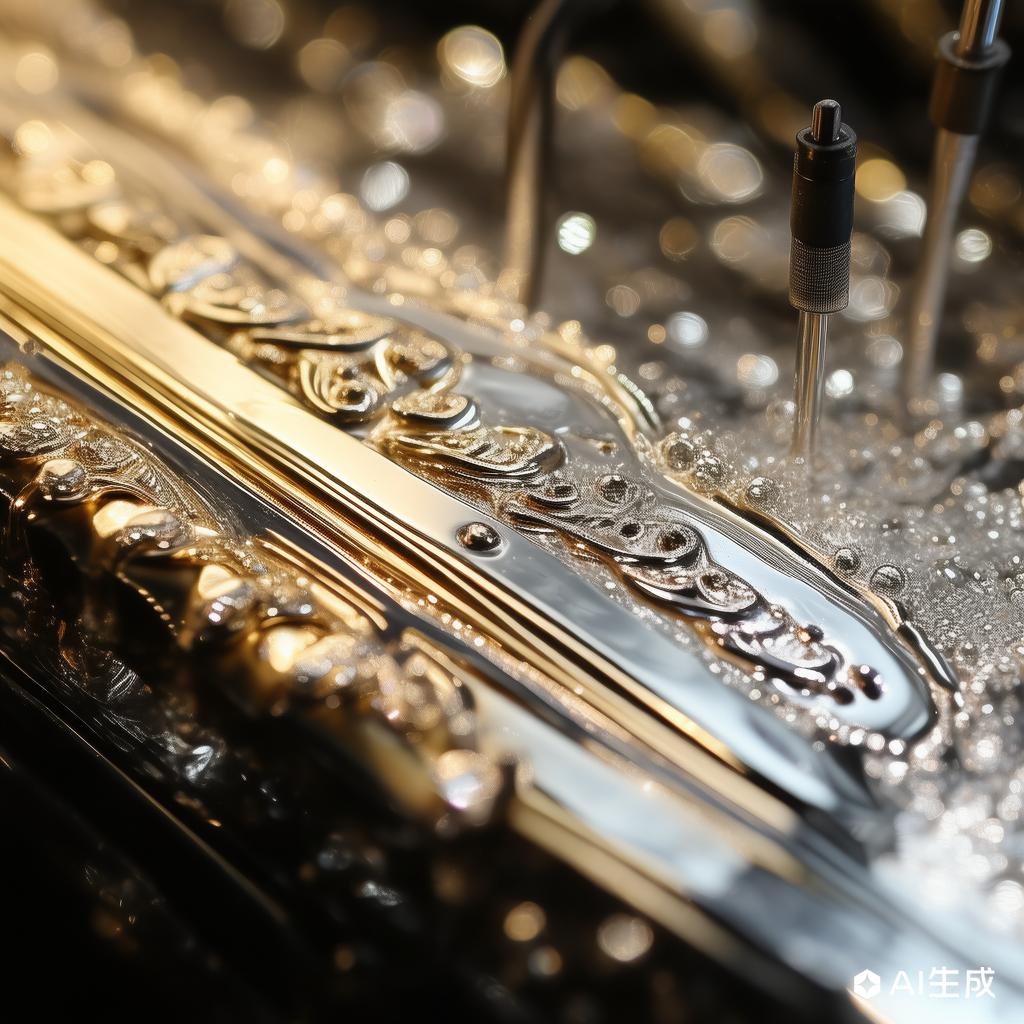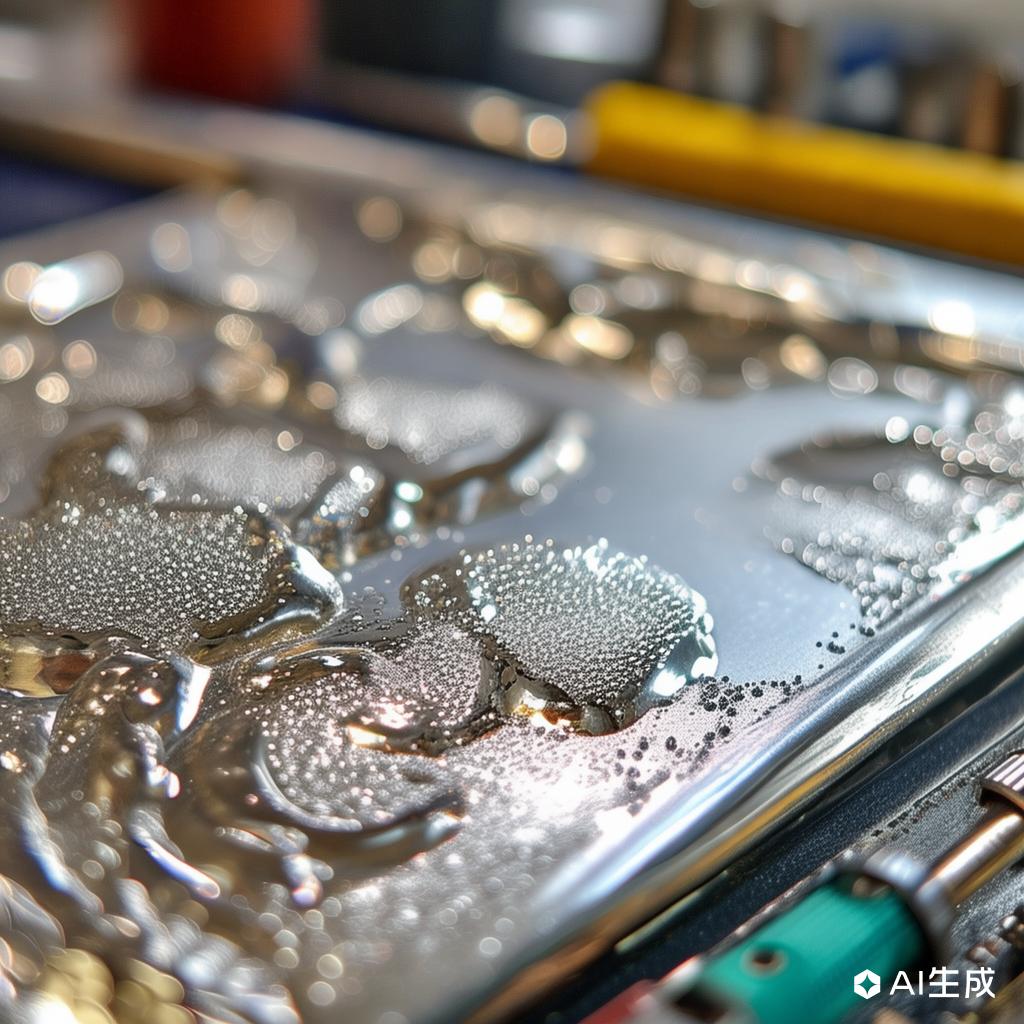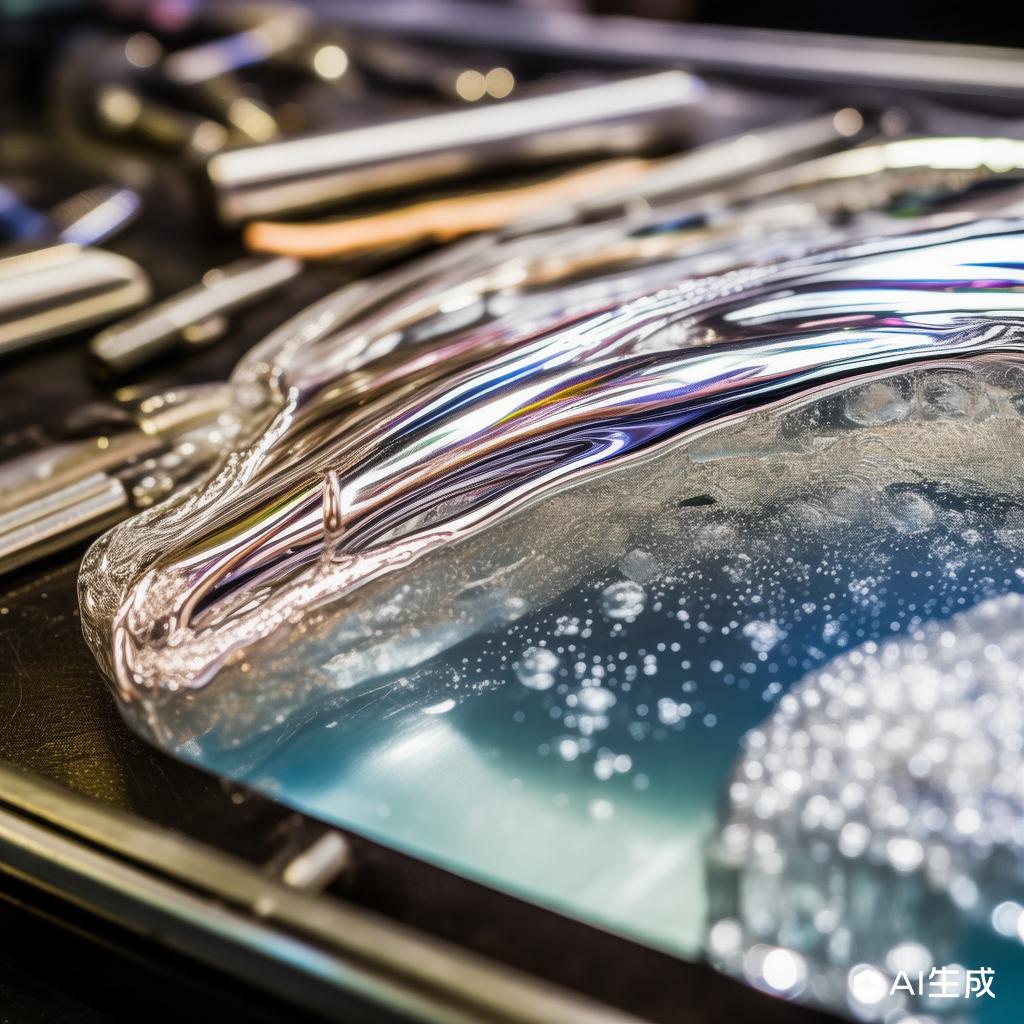Unlocking the Shine: A Comprehensive Guide to Jewelry Electroplating Process
Share



Jewelry electroplating is a transformative process that enhances the aesthetic appeal and durability of various metal pieces. This technique involves depositing a thin layer of metal onto the surface of jewelry items, resulting in a lustrous finish and added resistance to tarnish and wear. Understanding the intricacies of this process can help both hobbyists and professionals achieve impeccable results.
### The Basics of Jewelry Electroplating
Electroplating is based on the principles of electrolysis. The process requires an electrolytic solution, a power source, and two electrodes: the cathode (the jewelry piece) and the anode (the metal to be plated). When an electric current passes through the solution, metal ions from the anode dissolve and deposit onto the cathode, forming a uniform coating.
### Key Steps in the Electroplating Process
1. **Preparation:** The jewelry piece must be thoroughly cleaned to remove any dirt, oils, or oxidation. This often involves ultrasonic cleaning and rinsing in distilled water.
2. **Stripping:** If the piece has an existing plating, it must be stripped off to ensure a clean surface for the new layer.
3. **Electrocleaning:** This step further cleans the item using an electrolytic solution to remove any residual contaminants.
4. **Rinsing:** The piece is rinsed again to eliminate any cleaning agents.
5. **Plating:** The jewelry is submerged in the plating solution, and an electric current is applied. The duration and current strength determine the thickness of the plated layer.
6. **Final Rinsing and Drying:** The plated piece is rinsed in distilled water and dried to prevent water spots.
### Common Metals Used in Electroplating
- **Gold:** Provides a luxurious finish and is often used for high-end jewelry.
- **Silver:** Offers a bright, reflective surface but may require additional treatments to prevent tarnishing.
- **Rhodium:** Known for its durability and bright white color, commonly used for white gold pieces.
- **Copper:** Often used as an intermediate layer to improve adhesion of the final plating.
### Benefits of Electroplating
- **Enhanced Aesthetics:** Electroplating can transform the look of jewelry, making it more visually appealing.
- **Increased Durability:** The plated layer protects the base metal from scratches and corrosion.
- **Cost-Effectiveness:** Allows for the use of less expensive base metals while achieving the appearance of precious metals.
### Challenges and Considerations
- **Uniformity:** Achieving an even coating requires precise control of the electroplating parameters.
- **Adhesion:** Proper preparation is crucial to ensure the plated layer adheres well to the base metal.
- **Environmental Impact:** Some plating solutions can be harmful, necessitating proper disposal and safety measures.
### Conclusion
Jewelry electroplating is a versatile and valuable technique that can elevate the quality and appearance of metal pieces. By understanding the process and its nuances, one can achieve professional-grade results that stand the test of time.